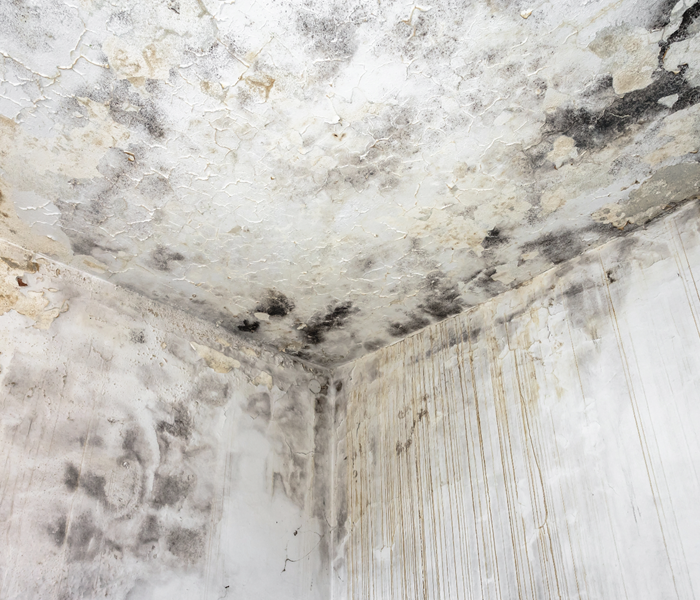Rainy Days and Mold Growth: Understanding Why Your Home is at Risk and How to Prevent It
5/16/2023 (Permalink)
Have you noticed mold growth in your home after it rains? You’re not alone. Many homeowners experience mold growth during periods of heavy rain or high humidity. In this blog, we’ll explore the reasons why mold grows in your house when it rains and what you can do to prevent it.
High Humidity Levels
One of the main reasons why you may find mold in your house when it rains is due to high humidity levels. When it rains, moisture levels in the air increase, which can cause humidity levels in your home to rise as well.
If your home has poor ventilation or insulation, the increased humidity can create the perfect environment for mold growth. To prevent mold growth, consider investing in a dehumidifier to regulate the humidity levels in your home.
Leaky Roofs and Windows
Another reason why mold may grow in your home when it rains is due to leaky roofs or windows. If your roof or windows are damaged, rainwater can seep into your home and create damp areas where mold can grow.
To prevent mold growth, it’s important to inspect your roof and windows regularly for any signs of damage. If you notice any leaks, be sure to repair them as soon as possible to prevent water from entering your home.
Poor Drainage
Poor drainage can also contribute to mold growth in your home when it rains. If your gutters and downspouts are clogged or damaged, rainwater can accumulate around your home’s foundation, creating damp areas where mold can grow.
To prevent mold growth, it’s important to keep your gutters and downspouts clean and free of debris. You can also consider installing a drainage system around your home’s foundation to prevent water from accumulating.
Improper Ventilation
Improper ventilation can also contribute to mold growth in your home when it rains. If your home has poor ventilation, moisture can become trapped inside, creating the ideal environment for mold growth.
To prevent mold growth, consider installing exhaust fans in your bathrooms and kitchen to vent moisture outside. You can also open windows and doors on dry days to increase ventilation and reduce humidity levels.
In conclusion, mold growth in your home during periods of heavy rain or high humidity is a common problem for many homeowners. To prevent mold growth, it’s important to regulate the humidity levels in your home, inspect your roof and windows regularly for any signs of damage, keep your gutters and downspouts clean and free of debris, and increase ventilation in your home. Remember, preventing mold growth is crucial in maintaining a healthy and comfortable home environment.

 24/7 Emergency Service
24/7 Emergency Service
